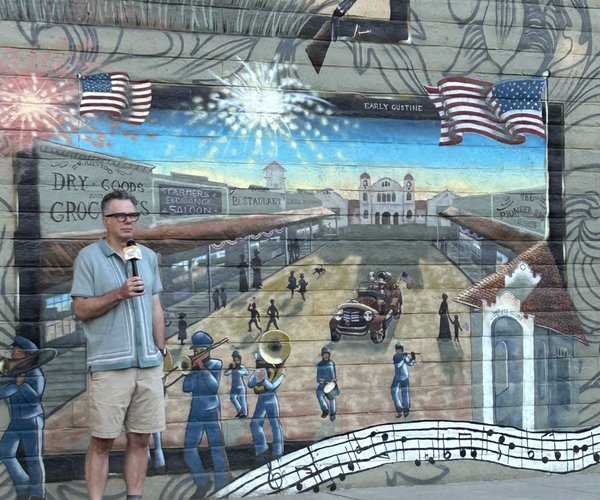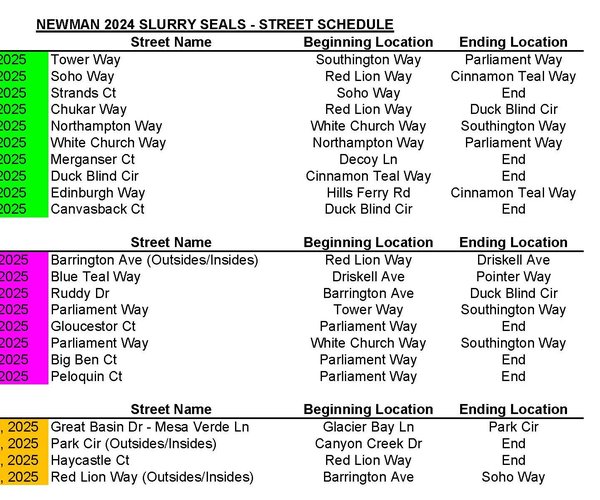GUSTINE — A subcontractor working on a fiber optic network expansion in Gustine triggered a major safety response on June 27 after striking a gas line during underground construction work on behalf of unWired Broadband.
The incident prompted emergency services and the local gas utility to swiftly respond, leading to temporary evacuations and road closures in the immediate area. According to a public statement released by unWired Broadband, the affected area was safely contained, with full restoration completed by 7:30 p.m. that evening. No injuries were reported, and by nightfall, all residents and businesses were allowed to return.
The company issued a formal apology, expressing regret over the disruption. “We sincerely apologize for the inconvenience caused to residents, businesses, and city staff. We deeply regret the impact this incident had on your community,” the statement read.
unWired reaffirmed its commitment to providing high-speed fiber optic internet service to Gustine and praised city officials and the community for their ongoing support of the infrastructure expansion.
Jon Majors, Vice President of Operations at unWired Broadband, confirmed that the strike occurred despite a utility mark-out being completed prior to excavation. He explained that the locating process, initiated via a USA Dig ticket, was conducted by the responsible utility provider. However, that provider had mistakenly marked another provider’s line approximately 38 inches from the actual location of the gas line.
“When our crew potholed at the marked location, they uncovered a utility matching the expected size and characteristics of a gas line,” Majors stated. “Based on the provided markings and visual confirmation, the team reasonably believed they had correctly identified the gas line.”
Majors noted that due to the incorrect mark-out, the actual gas line was not detected in time, calling the incident “a vivid reminder of the importance of accurate utility coordination and deeper cross-provider communication.”
In response to the mishap, Majors detailed a series of strengthened safety and verification protocols now being implemented in future phases of the fiber rollout:
- Use of third-party utility locating firms to validate 811 marks, especially in congested corridors.
- Expanded potholing procedures that include marked and adjacent zones to ensure comprehensive detection.
- More frequent and detailed pre-construction walkthroughs with subcontractors to identify risks and mitigation strategies.
- Continued strike prevention training focused on recognizing mark inconsistencies and escalating potential conflicts before excavation.
- Improved collaboration with utility providers for better GIS records, asset ownership clarity, and mismark tracking.
“Our goal isn’t just to meet minimum safety standards,” Majors emphasized. “We’re committed to leading with a culture of proactive planning, accountability, and care for the communities we serve.”





